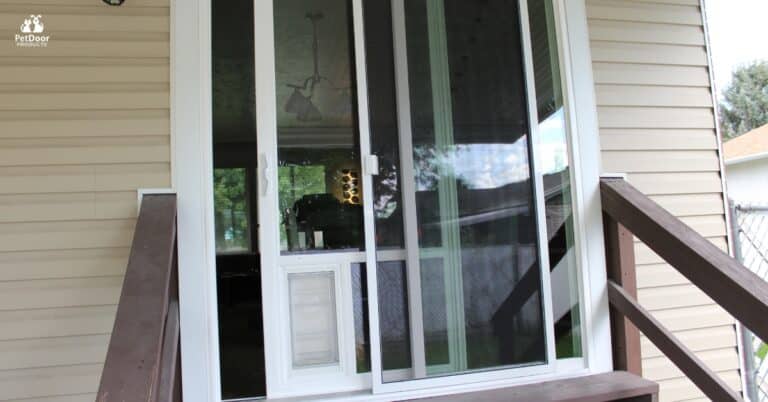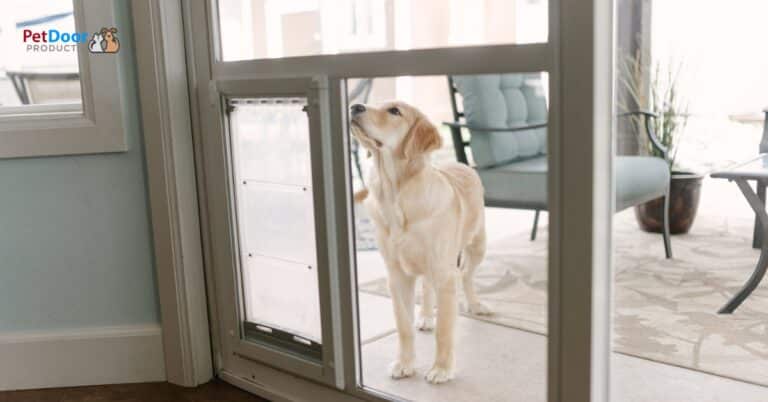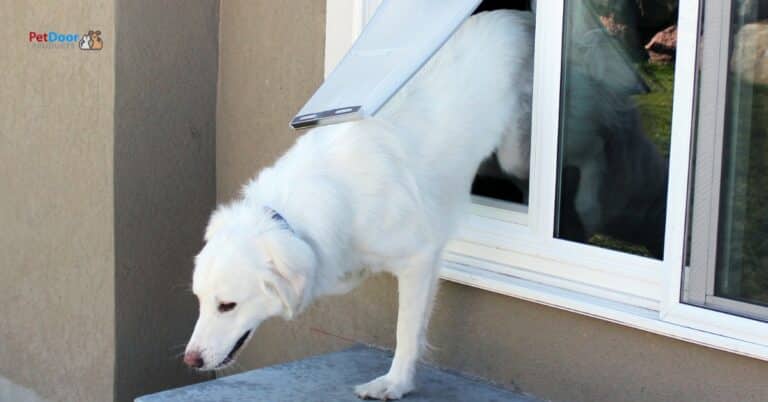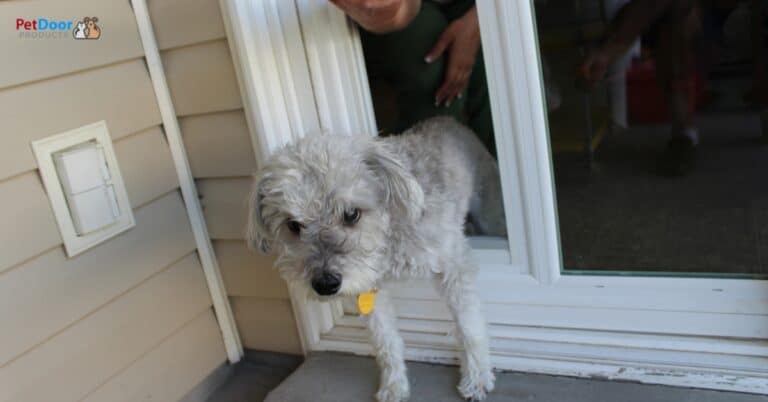
Guide to Dog Body Language: What’ Your Dog Trying to Say?

If only our dogs could talk, we could know what they’re thinking. But, actually, your dog is communicating with you. He uses dog body language to give you continuous cues to let you know what’s on his mind. From those signals, you can immediately understand how he feels and what he wants. Here’s a handy little guide to dogs body language to help you recognize what your furry pal is telling you.
What is Your Dog Trying to Communicate to You?
Dogs have some ability to vocalize, but they have a very limited range of very generalized verbal messages they can convey. The most meaningful signals dogs use to communicate can be read in their naturally reflexive body language. Here are the standard signals dogs send. Use this little guide to understand clearly enough how your dog is feeling and what he wants, based on the body language he is displaying:Happy Dog Body Language
When a dog is happy, his body is relaxed, not tense. Look for these signals that your dog is relaxed and feeling happy:- Ears relaxed
- Eyes relaxed, no fixed staring
- Tail calmly wagging back and forth
- Slightly lowered ears
- Calmly displaying affection
Submissive Dog Body Language
Submissive behaviors in dogs are usually signs of trust and respect, not fear. Submissive behaviors can include:- Lying down, sometimes on his back with stomach upward
- Lowering his eye level and gaze
- Relaxing and attempting to make himself seem smaller
- Licking the other dog’s chin
Fearful Dog Body Language
A frightened dog is likely to try to get away from perceived danger, if possible, or switch to aggression, if necessary. Initial signals of fear in a dog can include:- Cowering away
- Hiding behind or under furniture or other things
- Leaning hard away from the feared thing
Avoidance Signals in Dogs
Signals that a dog wants to avoid someone or something in his vicinity may be subtle but persistent and notable as odd behavior, especially when several of these signals are displayed together:- Head partially turned away from what he fears
- Eyes still looking at the feared thing, head is partly turned away.
- Averting eye contact
- Repeatedly licking lips
- Wide eyes, the white part of eyes visible
- Staying very still
- Yawning though not tired
- Lifting a front paw
Aggressive Dog Body Language
Signs of aggression in dogs are similar to those found in other species. Staring may be followed by other aggression signals when escalated. Be aware of these signs indicating confrontational behavior in dogs:- A fixed direct stare with eyes fully open.
- Body and legs stiffened
- Tail up and stiff, possibly wagging slightly
- Teeth bared
- Snarling lip
- Growling or barking
- Snapping at a person or animal
- Biting a person or animal
Dominant Dog Postures
When one or more dogs enter your dog’s territory, even if the visiting or encroaching dog is larger and stronger, he may display symbols of submissiveness or dominance. This typically depends on your dog’s disposition and sense of relation to the other dog, in terms of age, experience, gender, and confidence:- Tail raised to a vertical position displays a sense of dominance
- The fur on the back of the neck and along the spine bristling
Playful Signals in Dogs
A dog in the playful mode will show some of the signs of a happy dog, as listed above, along with additional signs of eagerness to play:- Body wriggling in anticipation
- Fast and chaotic running and jumping
- Excited barking
- Growling excitedly but not aggressively
- Bowing with front legs down and rear upward
- Jumping up at you
Take Your Dog’s Body Language in Context!
Remember, it is important to take canine body language in context. In other words, pay attention not only to your dog’s body language but also to the situation in which he is displaying the behaviors. Misinterpreting a dog’s signals can lead to inappropriate reactions from you and other people and animals around your dog who are as likely to take their cues from your behavior as from your dog. So, be fully aware of everything going on around your dog in order to read his canine body language and behavioral signals as accurately as possible.Why is Learning Your Dog’s Body Language Important?
Dogs understand very little of spoken language. They know some words, but they mostly react to a human’s tone of voice and body language. By learning your dog’s body language, you will be better able to understand what your dog is thinking and feeling in any given engagement with you or other persons or animals. This knowledge enables you to respond as necessary for the safety, happiness, and wellbeing of your dog and all people and animals who encounter your dog. Knowing how to communicate with your dog more meaningfully also makes it possible for you and your dog to enjoy a stronger bond and make the most of your time together.Improve Your Pet’s Life with Pet Door Products, Salt Lake City, Utah.
We offer energy-efficient pet doors that are built directly into your sliding glass door. This innovative pet door design gives both your dog and you, new freedom. Our state-of-the-art pet door for sliding glass door can be ordered with a security panel that slides over the door opening, so you can control when your pet comes in and out.Call Pet Door Products, Salt Lake City UT at (801) 973-8000, or contact us online anytime!
Latest posts by Pet Door Products (see all)
- The Best Dog Door Sliding Door Option in the United States that Solves Your Pet’s Outdoor Access Dilemma - September 15, 2023
- Revamp Your Home this Summer: Incorporate a Dog Door into Your Sliding Glass Door - September 4, 2023
- July Special: Avoid the Middleman Markup with Custom Built Glass Door Doggie Doors - July 24, 2023









